Apps, traps and vaccines are among the innovative solutions for the costly sea lice challenge in salmon aquaculture
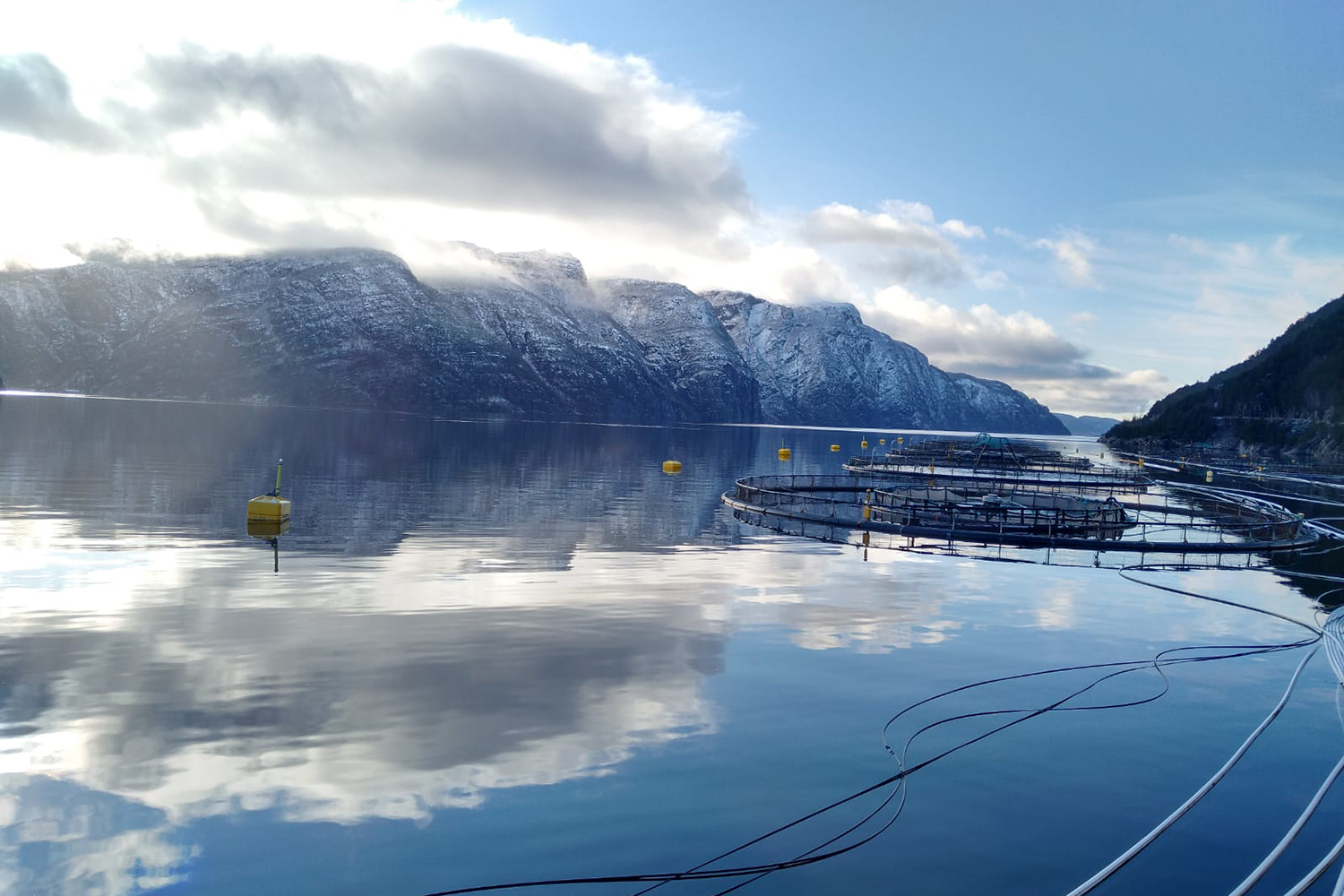
As the global aquaculture industry strives to meet the rising demand for seafood, a persistent challenge remains: sea lice. These parasitic crustaceans wreak havoc on fish farms, slashing productivity and raising environmental concerns.
Infestations can cut biomass growth by as much as 16.55 percent per production cycle, depending on location, despite costly control efforts. With an estimated $1 billion spent annually on managing and treating affected salmon, the battle against sea lice is one of aquaculture’s most pressing – and expensive – challenges.
“That’s not just a battle – that’s a full-scale war against super smart parasites that could overwhelm any industry with its high reproductive powers,” Karoline Sjødal Olsen, CEO and co-founder of Blue Lice, said at the North Atlantic Seafood Forum in Bergen, Norway last year.
The fight against sea lice has largely relied on drugs and pesticides – solutions that can harm fish, delay sales and eventually lose effectiveness as resistance builds. But a new wave of innovation is turning the tide. From cutting-edge vaccines to advanced monitoring systems, these breakthroughs promise healthier fish with fewer chemical treatments.
A ‘mosquito trap’ for sea lice
In Norway, aquaculture technology company Blue Lice has developed an eco-friendly solution to sea lice: using blue light traps to capture and destroy sea lice before they attach to fish and release eggs. The traps form a barrier around the fish farm, covering 80 to 90 percent of the areas where currents carrying sea lice enter the pen.
“It’s just like a mosquito trap on your porch,” said Sjødal Olsen. “When the sea lice get close to these traps, they get sucked inside with a pumping system and transported to a filtering station. We are not anywhere close to the fish – it’s outside the fish farm on the frame mooring system – something which fish farmers appreciate about the system.”
It’s the only system continuously capturing sea lice in the larva phase. Recently, the company won the 2024 NASF Innovation Award for its creative solution to preventing sea lice infestations on salmon farms. By using blue light to target parasites, Blue Lice effectively prevents infestations and enhances sea lice management while reducing the need for chemical treatments.
“One of the farms currently using Blue Lice has reduced its treatments from 10 to 12 per cycle to just two, and they’ve been able to start treatments much later in the cycle,” she said. “The technology is working.”
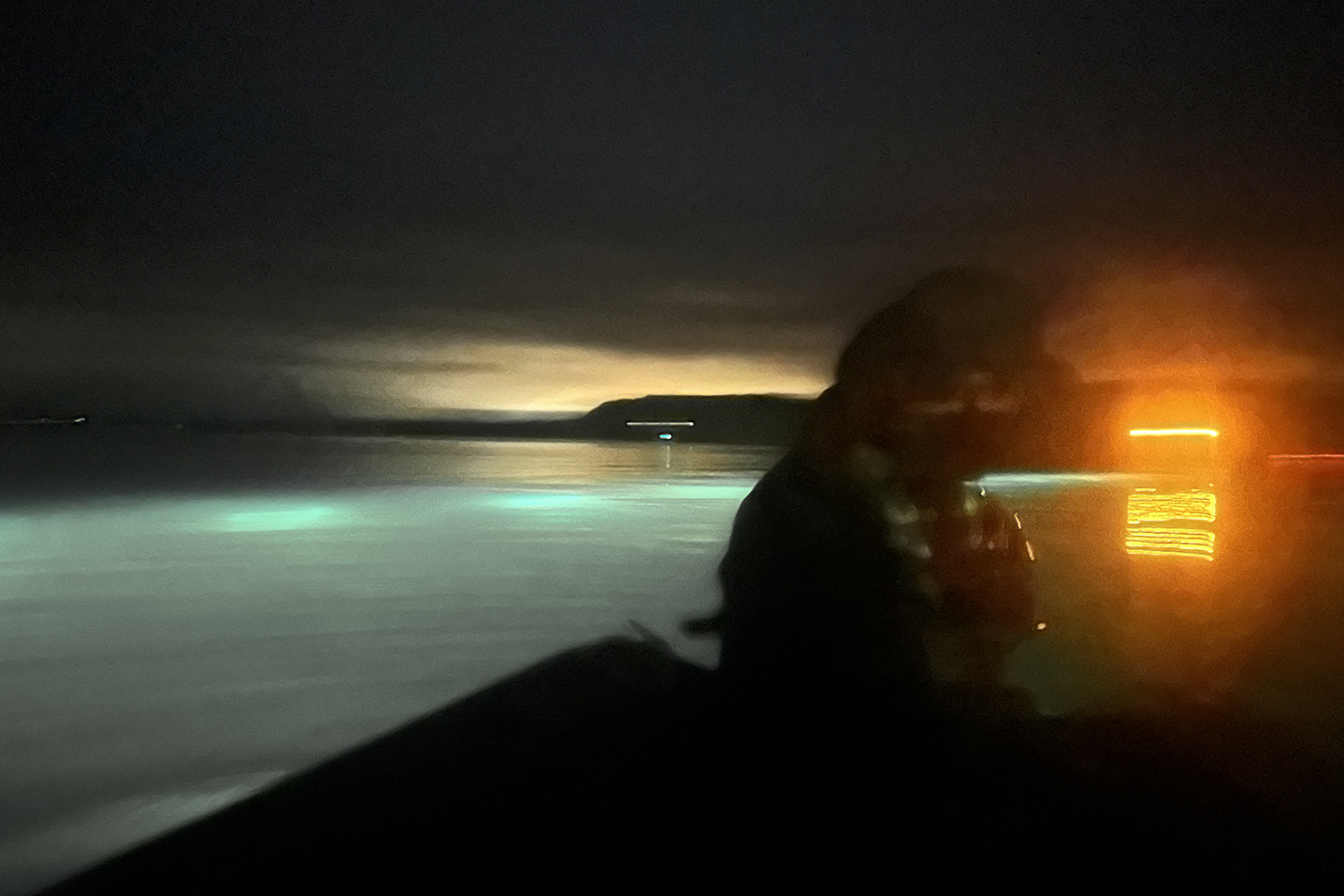
This allows the fish to feed properly and avoid handling until much later in the harvesting period, minimizing stress and improving overall welfare. With healthier fish and faster growth, the approach not only lowers costs but also shortens the production cycle, making it a highly efficient solution for salmon farmers.
“Minimizing treatments improves fish welfare,” she said. “When fish can feed and thrive undisturbed in their pens until harvest, it leads to much better outcomes. Handling and stressing the fish only creates further problems, so reducing such interventions is a win for the fish and farmers.”
There are environmental benefits, too, such as reducing the need for well boats, which consume labor and resources but also contribute to noise and pollution in fragile fjord ecosystems, particularly in Norway. Expanding the use of Blue Lice technology across entire farming regions could also help restore ecological balance by capturing sea lice and preventing their reproduction.
“The sea lice problem is a human-made issue,” Sjødal Olsen explained. “Wild salmon and sea lice once coexisted in harmony. By combating this without harming other species, we can reduce the environmental footprint of fish farming.”
Could new technology transform how salmon farming combats sea lice?
Since presenting at NASF, Blue Lice has gained traction with major aquaculture players, like industry leader Mowi, and is actively pursuing new opportunities for expansion and innovation.
“Now, we’re combining Blue Lice with other technologies, such as lasers that target the sea lice directly,” said Sjødal Olsen.
Sjødal Olsen explained that this works like an “active sea lice skirt” designed to deal with any larvae that slip through the Blue Lice system. The cleaner fish bite off the sea lice attached to the fish, while the lasers go after the critters.
“The laser targets the sea lice for a couple of seconds, which is enough to either make them detach from the fish or kill them,” she said.
In October 2024, the company launched trials of this dynamic system at a fish farm in Norway. The project has attracted attention from fish farmers, as the successful integration of these two technologies could potentially eliminate the need for cleaner fish like wrasse or lumpfish.
“This would help address fish welfare concerns, and if we could eliminate the use of cleaner fish, it would help address the imbalance they create in the ecosystem,” she explained. “Most cleaner fish aren’t farmed – they’re often caught from small enclosures in the fjords, which disrupts the natural balance in those areas.”
The data collected from Blue Lice also holds value, as it can reveal the origins of sea lice, provide insights into ocean currents and more.
“It enables a more strategic approach to managing sea lice and illnesses,” said Sjødal Olsen. “It helps identify the sources of infections from other fish farms and track their occurrence. I believe there are many future applications for this data.”
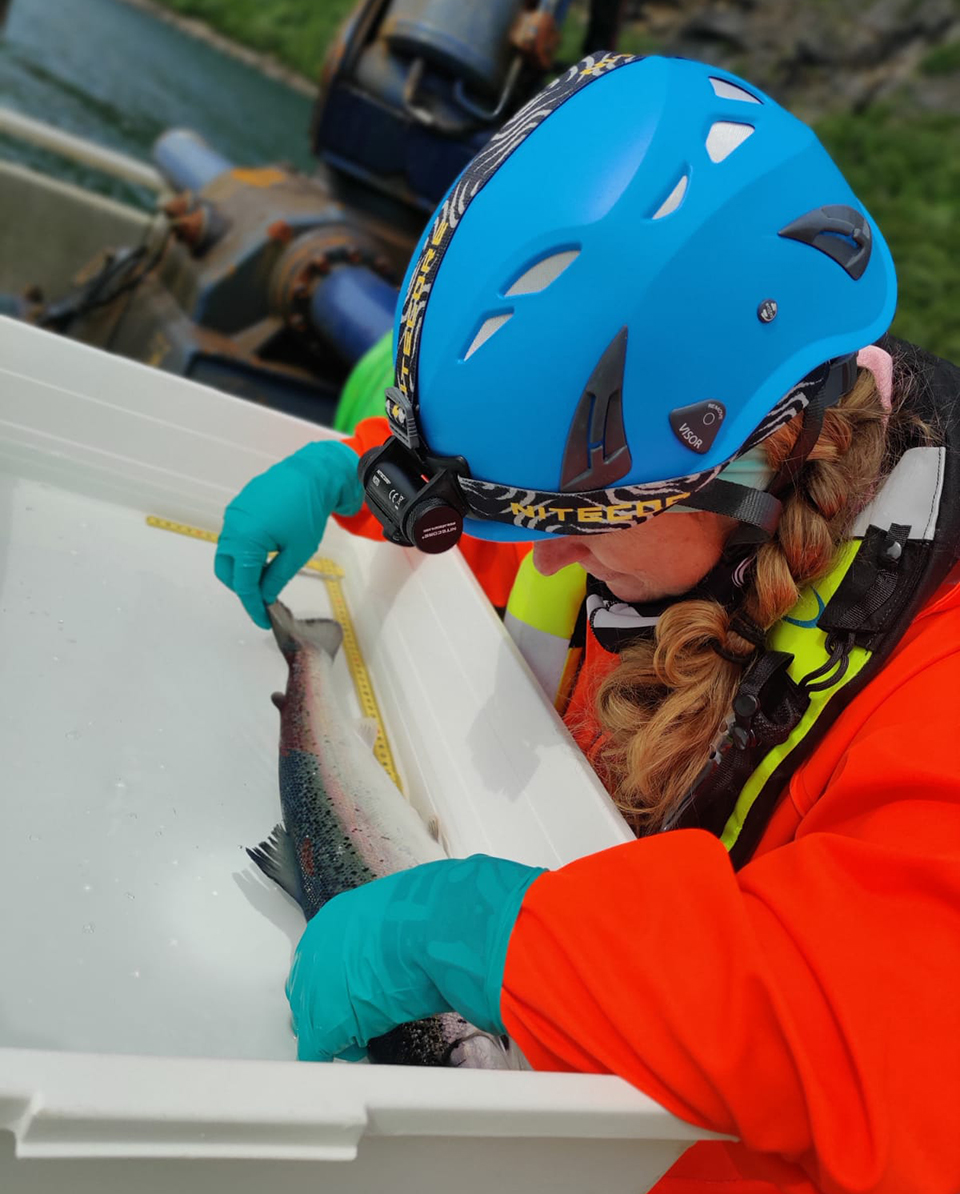
‘A bit of a mystery’
Some Norwegian salmon farmers are tapping into PreventLice – a free tool that helps select effective sea lice prevention strategies. By entering their location into the app or website, users receive customized recommendations tailored to their site’s environmental conditions. The software evaluates two main approaches: snorkel barriers and a dynamic method combining skirts, air, and depth-adjustable light and feeding.
“We have lots of research on different prevention technologies for lice – barriers, behavior modification, submerging cages,” said Tina Oldham, senior researcher from the Norwegian Institute of Marine Research (HI). “All have worked well in some conditions, but then in other trials, completely flopped – sometimes even resulting in more lice in the cages with prevention measures than in the control cages. It’s been a bit of a mystery.”
This prompted the research team to take a closer look at the behavior of sea lice. Oldham explained that it had long been believed salmon lice were most concentrated near the water’s surface due to earlier reports suggesting they were phototactic – drawn to light. Consequently, prevention strategies were designed around the assumption that infective lice primarily gathered at the surface, emphasizing the importance of reducing salmon’s exposure to lice in the upper water layers.
“When we started questioning that assumption and testing the sea lice under different conditions, we found they weren’t particularly responsive to temperature and only slightly responsive to light,” said Oldham. “The biggest thing that changed their distribution turned out to be salinity.”
Where brackish layers are present, sea lice tend to sink out of the less dense water, gathering in higher concentrations near the halocline. Skirts are generally effective at a site with full salinity and no brackish layer, Oldham said. But at a site with a strong brackish layer for half the year, she said the skirt may only reduce lice numbers during that time. For the rest of the year, salmon are either forced to swim through the lice-heavy halocline or avoid barriers like skirts and snorkels, spending more time where the parasites thrive.
“This tool can help salmon farmers optimize these prevention strategies based on the conditions at their site,” said Oldham.
The assessments provided by the PreventLice app are based on modeled hydrodynamic data, giving farmers a rough idea of seasonal environmental changes. The app utilizes data from the NorFjords160 and NorKyst800 models, which consider factors like tides, wind and waves to predict temperature, salinity and current speeds in the Norwegian coastal zone.
It also considers additional factors, such as gill health, lice pressure, and algae, which are crucial for comprehensive assessments.
“The idea behind this tool is to take all the knowledge we’ve gained – often hidden in journals – and make it accessible in a public, free and open platform to help farmers determine the best approach for their specific site and conditions,” said Oldham. “That’s how PreventLice was born.”
Taking a shot at sea lice
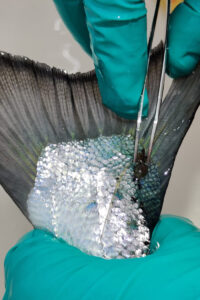
Apps and traps aside, a team of scientists is developing a groundbreaking vaccine to combat sea lice, funded by the Sustainable Aquaculture Innovation Centre (SAIC). Building on research that identified a protective gut protein, the researchers are using recombinant technology to create an injectable vaccine, which could eventually be produced in large quantities and added to salmon food as an oral treatment.
“Around the world, different groups – including both academics and pharmaceutical companies – are now looking at the potential for sea lice vaccines with results beginning to emerge,” said Dr. Sean Monaghan, lead researcher and lecturer at the University of Stirling’s Institute of Aquaculture. “Sea lice vaccination is just one option, but it has the potential to transform the way the sector deals with one of its biggest ecological concerns.”
In this next stage, the researchers will assess how well the novel vaccine technology works against adult sea lice. The formula has been specially developed to trigger an immune response, raising antibody levels in their blood. This helps prevent sea lice from growing and reproducing after feeding on the fish. By targeting mature lice, the vaccine may also lower the number of new lice that are born.
“Finding a vaccine-based solution for treating sea lice would be a huge development for the aquaculture sector globally, with widespread impact for fish, farmers, the supply chain and consumers,” said Monaghan. “We are hoping that this second stage of the project will demonstrate the efficacy of the vaccine for protecting Atlantic salmon against adult lice and help to build the scientific evidence base.”
Scaling up the technology involved in vaccine development is costly and complex, which can slow down its commercial production. However, during the first phase, the researchers successfully identified a promising route to market by using yeast expression technology to create the recombinant proteins needed for the vaccine at scale.
“An alternative treatment for sea lice would have significant, positive outcomes for fish health and welfare, which is a priority area for SAIC,” said Heather Jones, CEO of SAIC. “Projects like this, which demonstrate innovation in finfish health, are crucial to creating a more environmentally friendly and economically impactful future for the sector.”
Another research team is turning to vaccines to bolster cleaner fish immunity against bacterial disease, potentially improving sea lice control. A consortium of UK academics and aquaculture partners is exploring the best possible conditions for delivering vaccines against Aeromonas salmonicida, a bacterium that can cause potentially fatal disease outbreaks in ballan wrasse and impact their ability to treat sea lice.
A UK-based consortium of academics and aquaculture partners is developing vaccines to strengthen cleaner fish immunity against Aeromonas salmonicida, a bacterium that weakens ballan wrasse and impacts their ability to treat sea lice.
“More so than ever, we are tuned into the power of vaccines in enhancing disease prevention, and the results of the first stage of this project have taken us one step closer to safeguarding ballan wrasse against Aeromonas salmonicida,” said Andrew Desbois from the Institute of Aquaculture at the University of Stirling. “The next phase of the project involves exploring the functionality of the antibodies produced. We can then apply these findings and collaborate with vaccine manufacturers to help refine the formulation and provide better protection.”
Collaboration is key
While the battle against sea lice is far from over, there’s hope for winning the war against this pest that plagues the seafood industry. Innovative solutions continue to roll in: a UK team is using holographic 3D imaging, machine learning and AI to detect microscopic sea lice larvae in the ocean, potentially creating an early warning system. Meanwhile, researchers from Scotland, Norway and the Faroe Islands are developing a tool to improve predictions of sea lice dispersion, aiming to enhance fish health with more accurate data.
A Nofima study is investigating whether coho salmon, a relative of Atlantic salmon, holds the secret to boosting sea lice resistance. By studying how coho salmon fend off parasites, researchers believe genetic methods like gene editing could enhance Atlantic salmon’s defense against sea lice.
But collaboration is crucial. A recent workshop on sea lice, organized by the Scottish Association for Marine Science (SAMS) and supported by SAIC, brought together researchers, industry leaders, regulators and policymakers to discuss how emerging technologies, including underwater laser holography, eDNA, artificial intelligence and fluorescent microscopy, are changing sea lice monitoring and detection.
“Sea lice are a huge problem for the salmon farming industry and a lot of money has been spent on mitigating this fish welfare issue,” said Dr. Kim Last, a marine biologist from SAMS. “Research organizations like SAMS are working on better monitoring methods, but input from the various stakeholders at this workshop will be invaluable as we seek more collaboration to solve this major challenge.”
Read more about sea lice in the Advocate.
Now that you've reached the end of the article ...
… please consider supporting GSA’s mission to advance responsible seafood practices through education, advocacy and third-party assurances. The Advocate aims to document the evolution of responsible seafood practices and share the expansive knowledge of our vast network of contributors.
By becoming a Global Seafood Alliance member, you’re ensuring that all of the pre-competitive work we do through member benefits, resources and events can continue. Individual membership costs just $50 a year.
Not a GSA member? Join us.
Author
-

Lisa Jackson
Associate Editor Lisa Jackson is a writer who lives on the lands of the Anishinaabe and Haudenosaunee nations in Dish with One Spoon territory and covers a range of food and environmental issues. Her work has been featured in Al Jazeera News, The Globe & Mail and The Toronto Star.
Tagged With
Related Posts
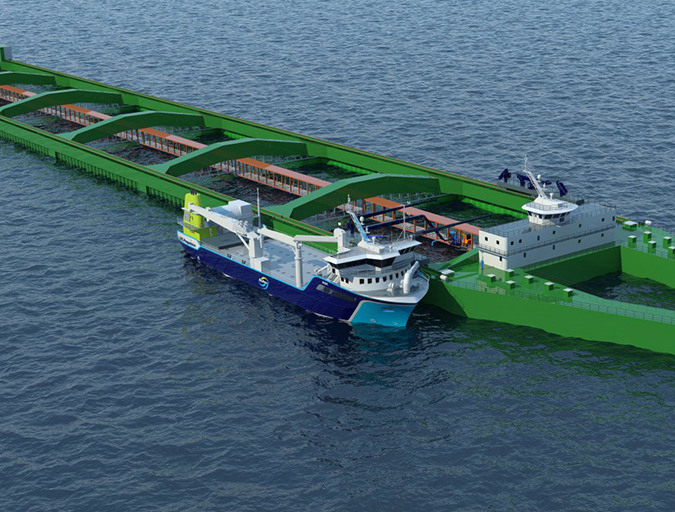
Health & Welfare
Chem-free fixes emerging in sea lice saga
Salmon farmers, using emerging technologies, are exploring new methods of sea lice mitigation in an effort to overcome one of the industry’s most persistent problems. New chemical-free innovations show an industry eager to adapt and adopt environmentally safe practices.
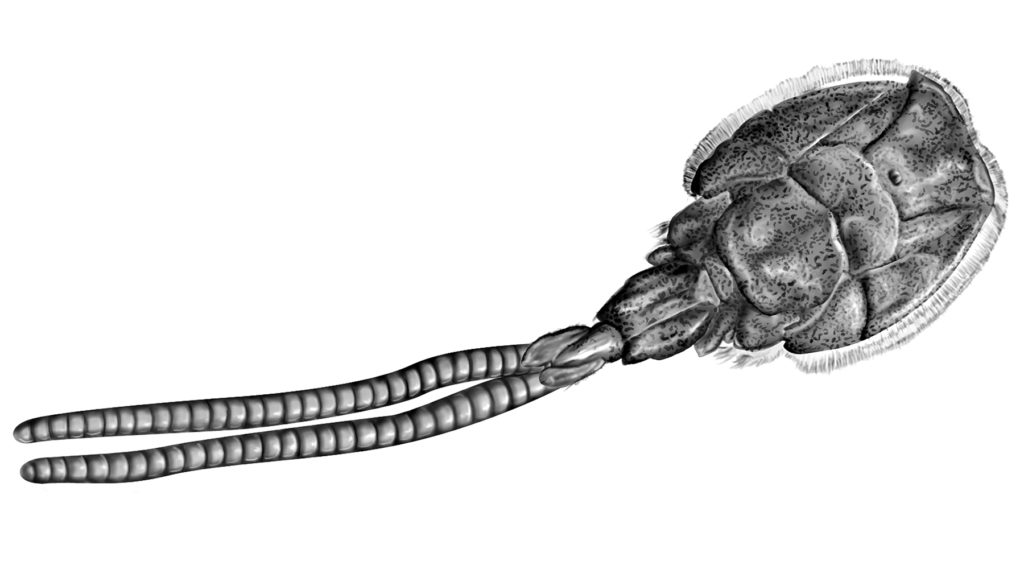
Health & Welfare
Animal health giants have sea lice in their crosshairs
Alltech and Benchmark have been working on the next generation of sea lice solutions and believe they have new products that can help salmon farmers win.
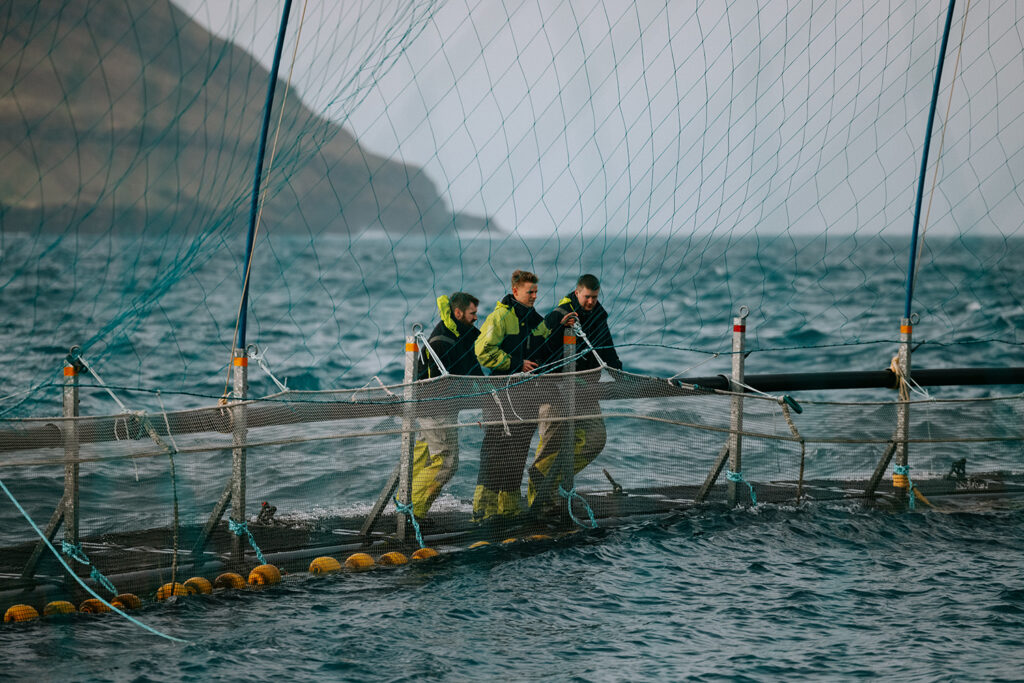
Intelligence
All the way back and then some: The Faroe Islands’ salmon comeback story
Faroe Islands producers say geography, research and efforts to improve environmental sustainability make it ideal for salmon farming.
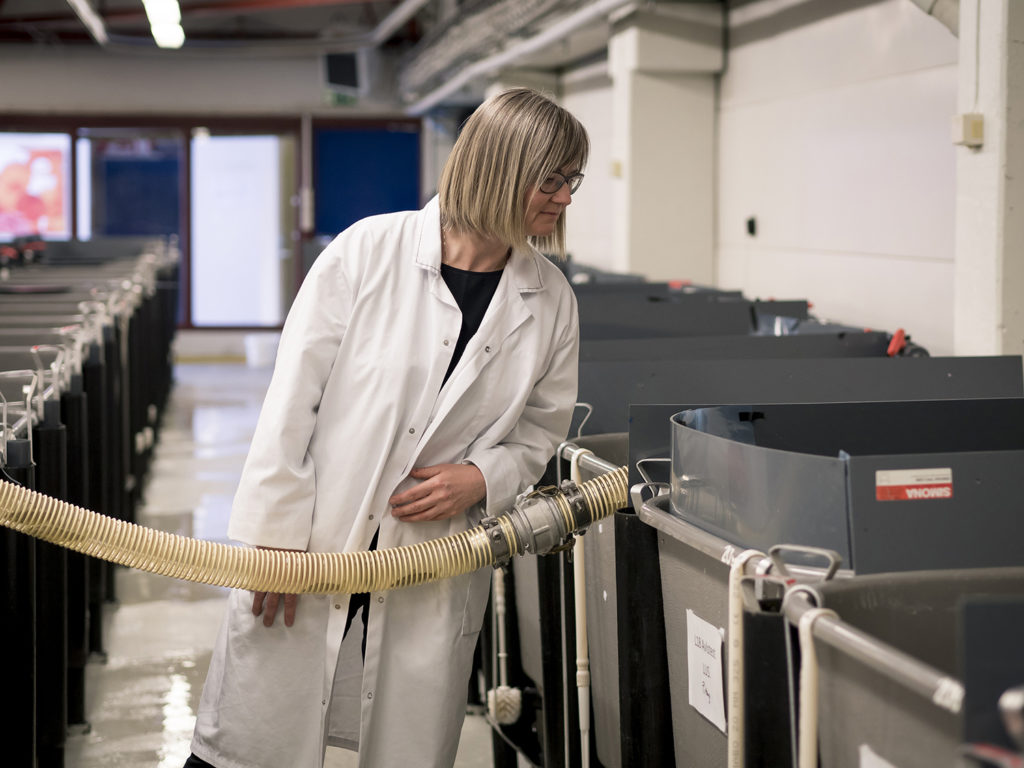
Innovation & Investment
AquaGen CEO: Genomics are transforming aquaculture
The CEO of AquaGen knew that the Norwegian research group’s work in genomics was key to the salmon industry’s future. And that was before she even worked there.


